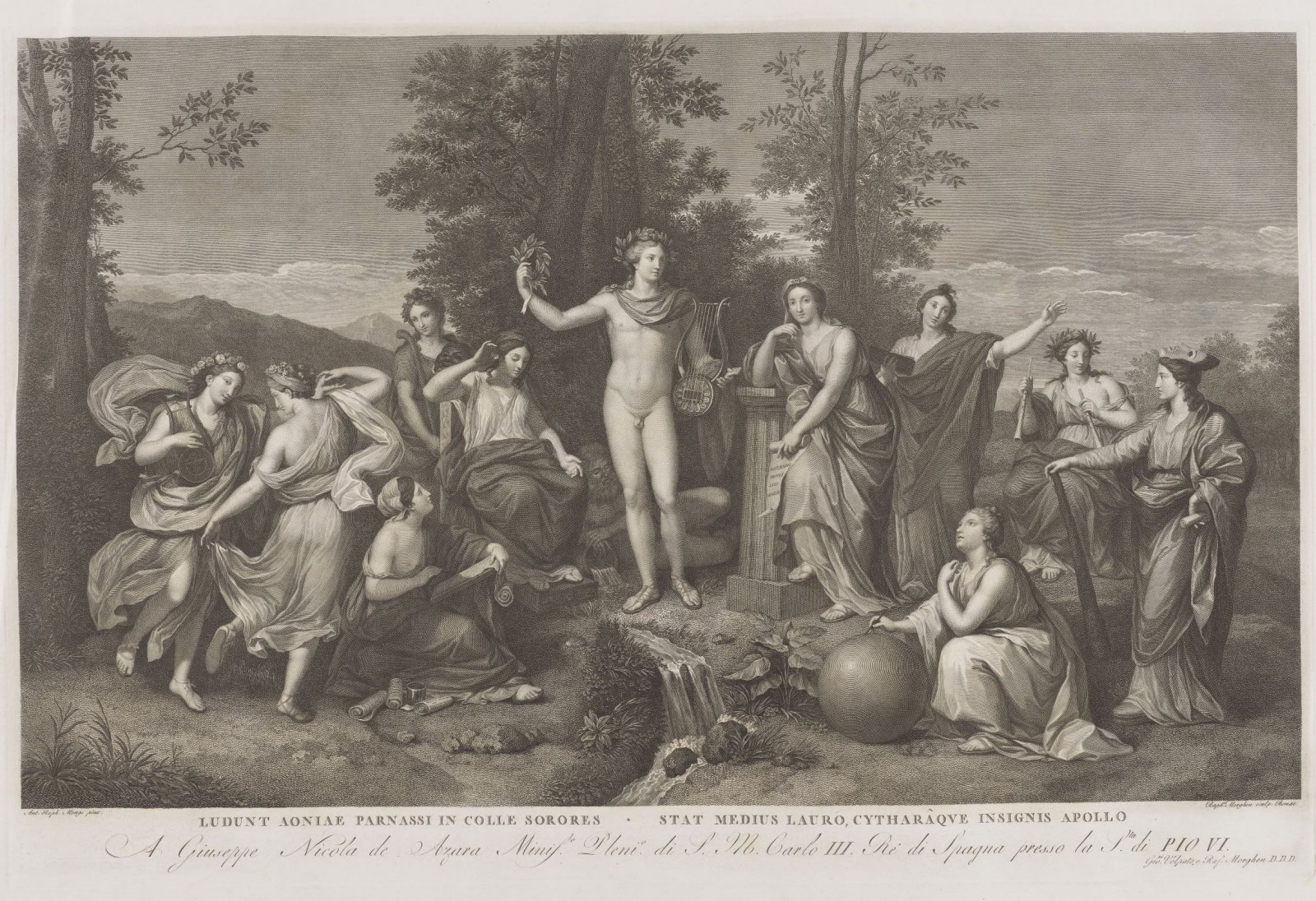
The late 19th century was a time of prosperity for Lublin. The increasingly affluent townspeople sought appropriate cultural offerings and adequate standards of entertainment venues. To stave off the decision of the city authorities to construct a new theatre in Lublin, Romuald Makowski embarked on an extensive renovation of the Old Theatre’s interior. Gas lighting was installed, acoustics were improved with a false-vault ceiling, one level of box compartments was removed, while the remaining ones were “prettified” and separated with a decorative balustrade; the interior was oil painted in maroon, a new curtain was ordered, and a relatively decent painter “returning from Petersburg” (a considerable endorsement) was persuaded to decorate the ceiling with images of four muses: Erato, Melpomene, Thalia, and Terpsichore. Their leader, Apollo, was pictured above the proscenium arc with a lyre in his hand.





